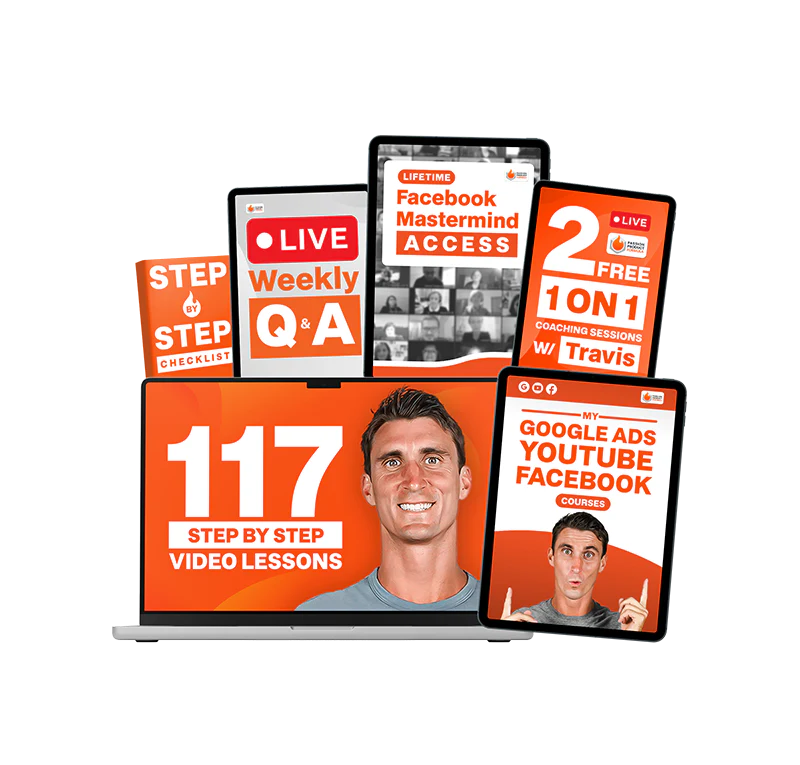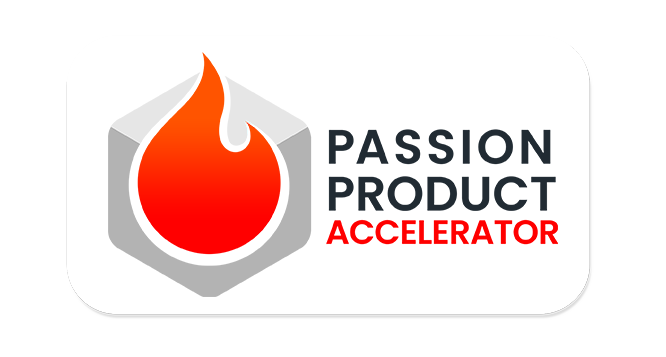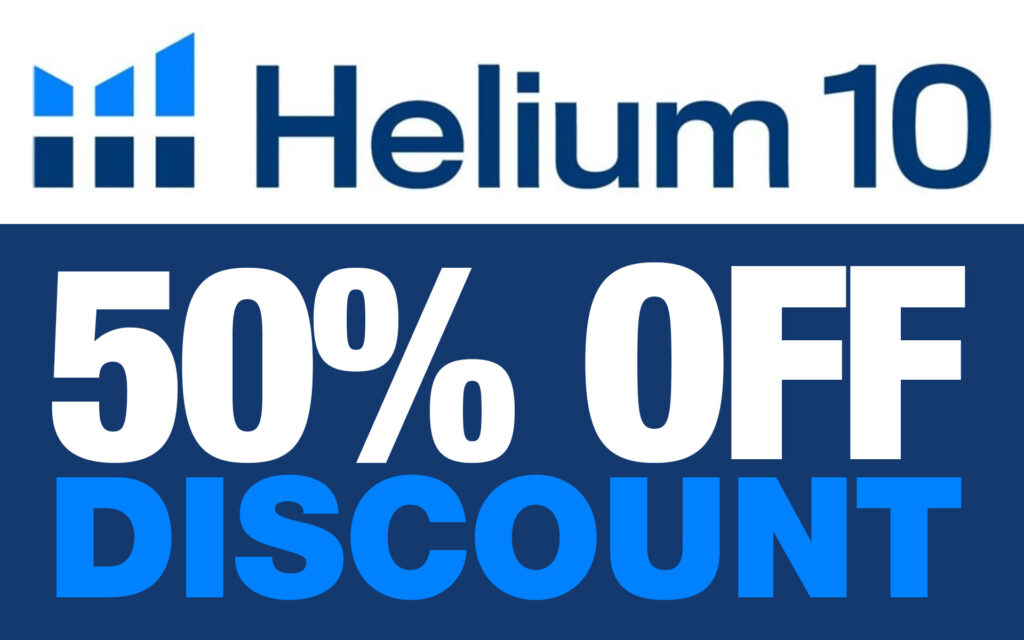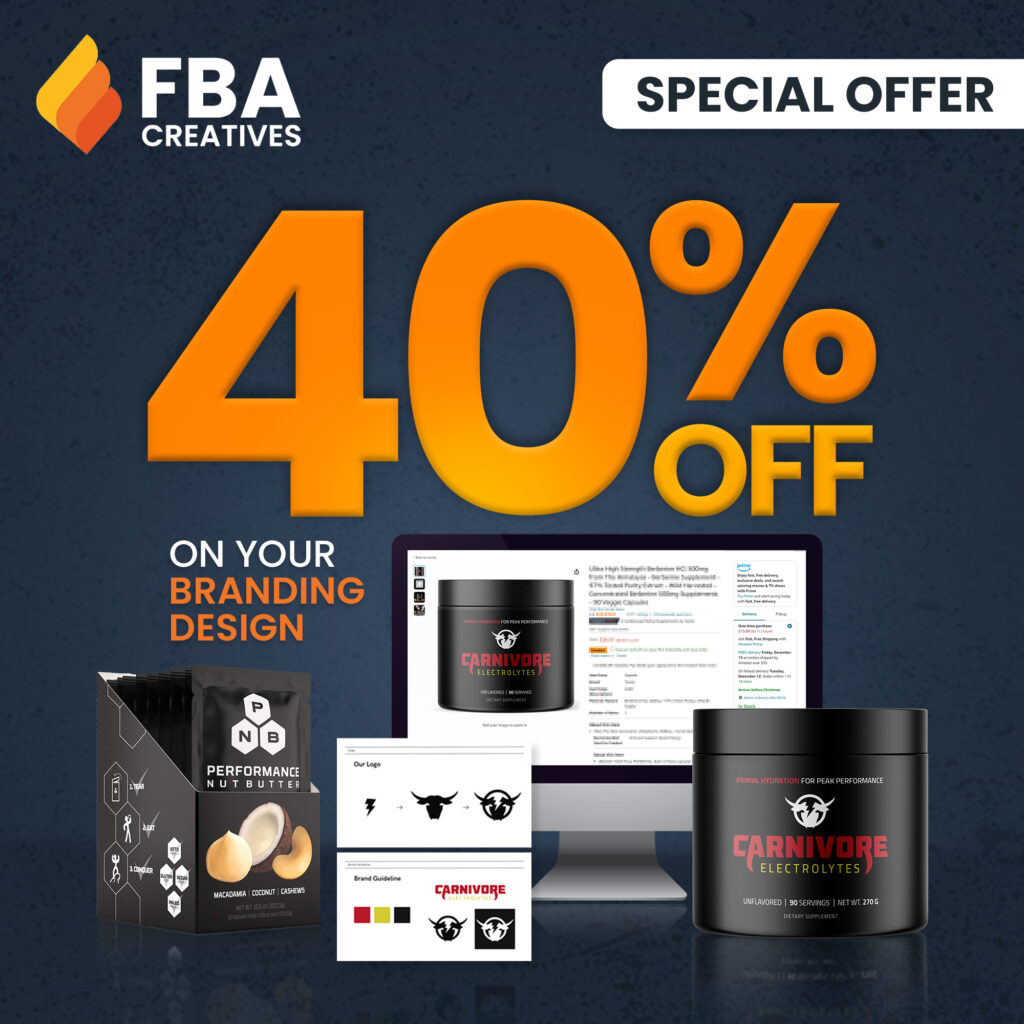What if you could launch a real online business in a single day—without coding, crowdfunding, or complicated software? That’s the power of the Amazon FBA business model, which allows anyone to start selling physical products online using Amazon’s built-in customer base, fulfillment network, and search engine traffic. By following a focused step-by-step approach, it’s possible to go from product idea to live listing in under 24 hours.
In this blog, you’ll learn how to build an Amazon FBA business from scratch in just one day. The steps outlined here are inspired by the same system used in the Passion Product Formula—a streamlined approach that’s helped hundreds of sellers launch products quickly and successfully. Whether you’re starting with zero experience or looking to fast-track your next product, this guide will show you a simple, realistic way to build your first passive income stream.
![Amazon FBA Course [Using Berberine Tea] 24 Hours 11 Amazon FBA in 24 Hrs thumbnail](https://passionproduct.com/wp-content/uploads/2025/05/Amazon-FBA-Course-Using-Berberine-Tea-24-Hours-11-1024x576.jpg)
- The Amazon FBA 24-Hour Launch Framework
- Amazon FBA Product Research: Finding a Profitable Idea Fast
- Creating Your Amazon FBA Seller Account Step-by-Step
- Finding a Manufacturer for Your Amazon FBA Product
- Building a Strong Amazon FBA Brand in Less Than a Day
- Creating and Optimizing Your Amazon FBA Product Listing
- How to Launch Your Amazon FBA Product for Maximum Sales
- Amazon FBA Profit Breakdown: Revenue, Costs, and Lessons Learned
- Scaling Your Amazon FBA Business After Launch
- Passion Product Formula: Smartest Way to Start an Amazon FBA Business
- Your Amazon FBA Business Could Be Just 24 Hours Away
- Frequently Asked Questions (FAQs)
The Amazon FBA 24-Hour Launch Framework
Starting an Amazon FBA business doesn’t have to be complicated or time-consuming. With the right roadmap, you can streamline the entire process and launch your first product in less than 24 hours. This framework is designed for speed, clarity, and simplicity—while still setting you up for long-term success.
Why Amazon FBA is the Fastest Way to Start Selling Online
Unlike building a website or creating a digital product from scratch, Amazon FBA gives you immediate access to a marketplace of over 300 million active customers. It eliminates the need to build an audience from zero or worry about complex tech setups. With FBA, your product is listed on one of the most trusted eCommerce platforms in the world—making it far easier to get discovered by ready-to-buy customers.
Even better, Amazon handles all the heavy lifting. From warehousing your inventory to shipping each order and managing customer service, FBA simplifies the process so you can focus on creating and growing your product. And since shoppers are actively searching for products every second, your listing can begin generating organic traffic and sales as soon as it goes live.
The 5 Core Steps to Launching an Amazon FBA Business
To launch an Amazon FBA business in a day, you’ll follow five high-leverage steps:
- Product Research – Find a product with strong demand and low competition.
- Create a Seller Account – Register to sell on Amazon with the right plan.
- Find a Manufacturer – Source your product through trusted platforms.
- Design a Brand – Develop packaging and a visual identity that stands out.
- List and Launch – Go live on Amazon and start making sales.
Each step can be completed in a few hours or less when you know what to focus on. The rest of this guide will walk you through each one in detail.
Amazon FBA Product Research: Finding a Profitable Idea Fast
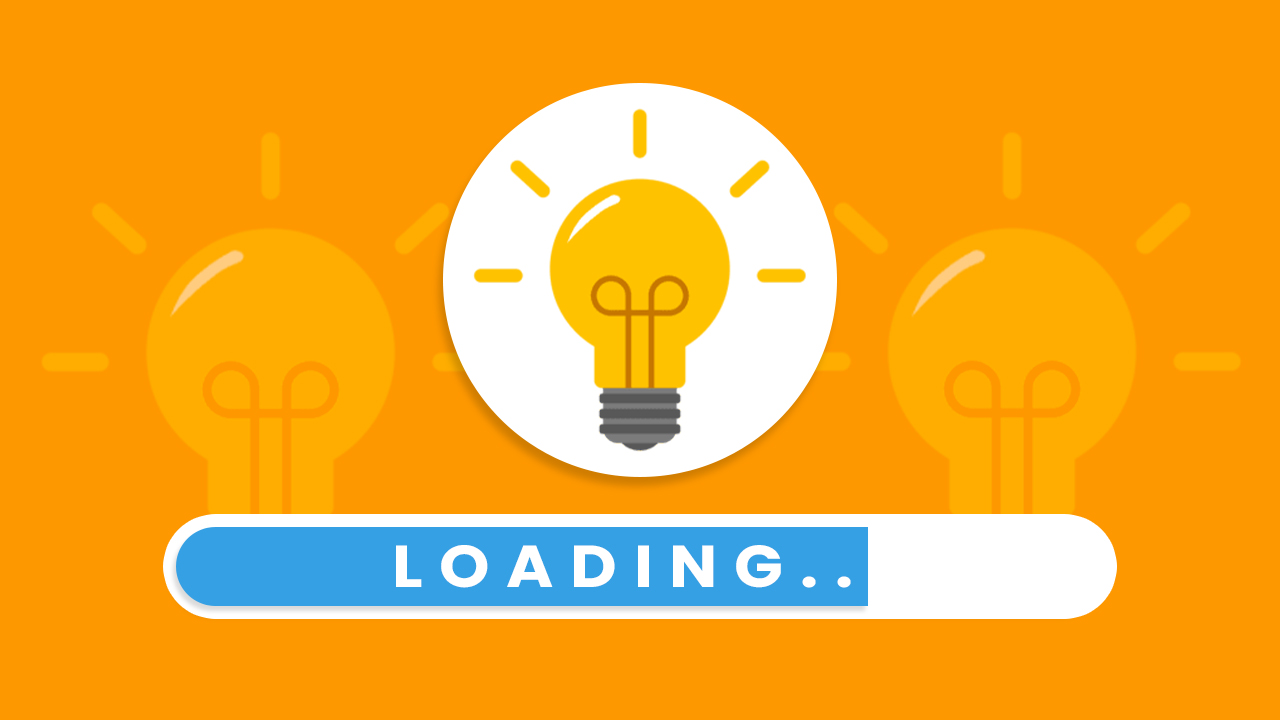
The first step in launching your Amazon FBA business is choosing the right product—and this single decision can make or break your success. Fortunately, product research doesn’t need to be overwhelming. With a few tools and smart search strategies, you can find products with strong demand, low competition, and high potential for profit in just a few hours.
Start With What’s Already Selling on Amazon
The best place to begin your Amazon FBA product research is Amazon itself. By exploring the Best Sellers section, you can instantly see what’s performing well across various categories. This gives you a real-time snapshot of what shoppers are buying and which niches are currently thriving.
Look for patterns and product ideas by asking:
- What types of products appear in multiple categories?
- Are there any items that seem simple but are priced high?
- Which products solve specific problems or serve niche audiences?
- Do certain designs, formats, or bundles stand out?
- Are there any products with low review counts but high rankings?
Your goal isn’t to copy what’s already successful—it’s to identify gaps or opportunities in similar markets. Use this research to spark product ideas with proven demand but room for differentiation.
Use Keyword Autocomplete for Instant Market Signals
Amazon’s search bar is another powerful research tool. When you begin typing a keyword, Amazon automatically suggests the most searched-for phrases based on real customer behavior. By entering one or two letters at a time, you’ll start to see what products people are searching for most often. The more specific the autocomplete phrase, the more niche and targeted your product idea can be.
Validate Demand With Product Research Tools

Once you have a product idea, it’s time to validate the demand. Tools like Helium 10 can show you exactly how many times a keyword is searched on Amazon each month. If a term is searched thousands of times and has only a handful of competing products, you’ve likely found a strong opportunity. Look beyond broad terms—focus on related keywords and variations. For example, a highly competitive supplement may not be ideal, but a niche version of it (like a tea or topical form) could be in high demand with far less competition.
Look for Underserved Niches With High Search Volume
Your goal is to uncover product opportunities where customer demand is already present, but the available supply is weak. These gaps often show up when shoppers search for a specific product and only find low-quality listings, irrelevant results, or no options at all. If you can step in and offer a well-branded, high-quality solution, you’ve positioned yourself to win that market.
Even more powerful is identifying a keyword that’s not only popular now but steadily growing in search volume. These rising trends often signal emerging markets with long-term potential. By entering early, you can establish your product and brand before the space becomes crowded—setting yourself up for sustainable success on Amazon FBA.
Creating Your Amazon FBA Seller Account Step-by-Step
Once you’ve found a promising product, the next step is to officially register as a seller. Creating your Amazon FBA seller account is a quick but important process—it unlocks access to your Seller Central dashboard, where you’ll manage your product listings, inventory, and sales. Setting this up early ensures you’re ready to move fast once your product and branding are in place.
Choosing Between Individual and Professional Seller Plans

Amazon offers two types of seller accounts: Individual and Professional. The Individual Plan is free, but Amazon charges $0.99 per item sold, which can quickly add up. The Professional Plan costs $39.99 per month but includes access to advertising tools, advanced reports, and bulk listing features. If you plan to sell more than 40 items per month—or want to build a long-term Amazon FBA business—the Professional Plan is the better option.
What Documents You’ll Need to Sign Up
Before you begin registration, it helps to have everything prepared. Here’s what you’ll need:
- A valid government-issued ID or passport
- A credit or debit card for billing
- A bank account and recent statement
- A phone number for verification
These details allow Amazon to verify your identity, prevent fraud, and ensure your seller account is fully secure and compliant with their marketplace policies. Having everything ready in advance helps you move through the process smoothly, without delays or rejections. In most cases, the full registration—from document uploads to final approval—takes about 15 to 30 minutes, making it one of the quickest steps in building your Amazon FBA business.
Should You Form an LLC or DBA for Your Amazon FBA Business?
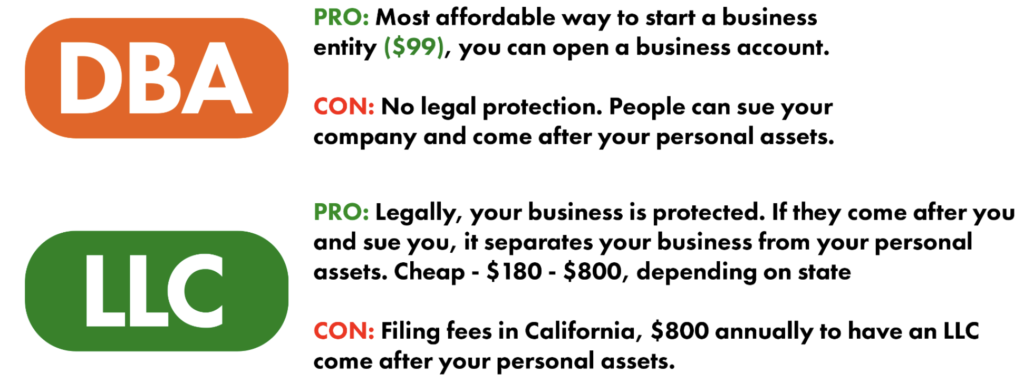
You don’t need a legal business entity to start selling, but there are benefits to setting one up. A DBA (Doing Business As) allows you to use a business name and open a separate bank account. It’s affordable and simple to set up, but it doesn’t offer liability protection.
An LLC (Limited Liability Company), on the other hand, adds a layer of legal protection between your personal and business assets. It’s highly recommended if you’re selling consumables or plan to grow a brand long-term. Either option works—what matters is that you get started. You can always upgrade your structure as your Amazon FBA business grows.
Finding a Manufacturer for Your Amazon FBA Product
With your seller account ready and your product idea locked in, it’s time to bring your product to life. Finding the right manufacturer is a crucial step in your Amazon FBA journey, but it doesn’t have to be intimidating. In fact, you can source a quality manufacturer within a few hours using the right platforms and strategies.
Sourcing with Alibaba: Overseas Manufacturers Made Easy
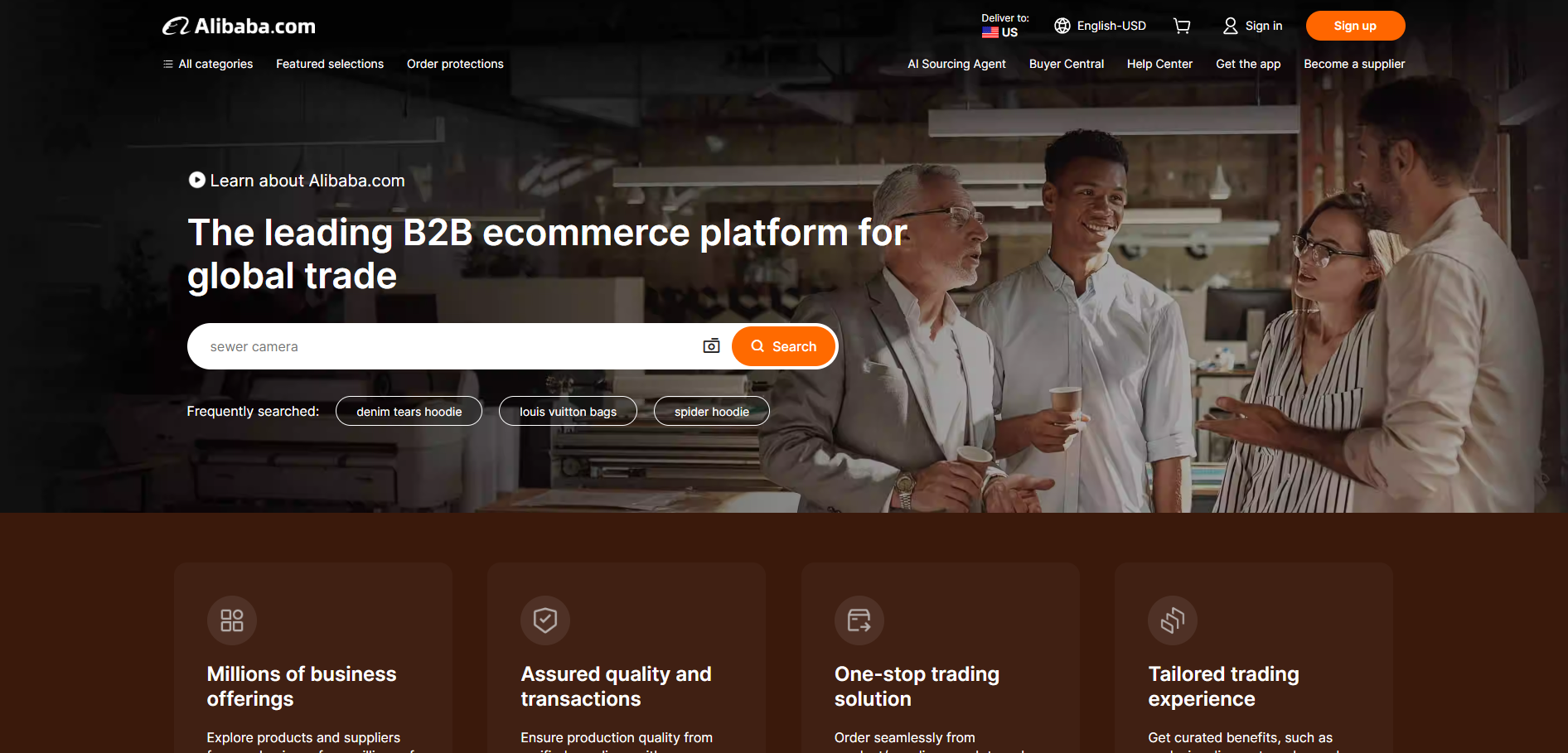
For most sellers, Alibaba is the go-to platform for finding overseas manufacturers—especially those based in China, where production costs are typically lower and scalability is easier. It serves as a massive online directory connecting buyers to verified suppliers offering everything from private-label supplements to custom packaging.
What makes Alibaba so effective is its simplicity and efficiency—you can access thousands of suppliers, compare quotes, review company profiles, and negotiate terms, all in one place. Whether you’re launching your first Amazon FBA product or scaling up, Alibaba gives you the flexibility to explore a wide variety of product types and customization options without leaving your desk.
To find a manufacturer using Alibaba:
- Go to alibaba.com and search for your product.
- Filter your results using “Verified Supplier” and “Trade Assurance.”
- Review each supplier’s profile for experience, staff size, and transaction volume.
- Contact at least 3–5 suppliers with a professional message.
- Include product specifications, quantity (e.g., 500 or 1,000 units), and ask for sample pricing.
- Compare quotes, shipping timelines, and how responsive each supplier is.
This entire process can take less than an hour when done efficiently. With a few thoughtful messages, you’ll quickly narrow down your list to one or two strong candidates.
How to Use Thomasnet for USA-Based Amazon FBA Suppliers
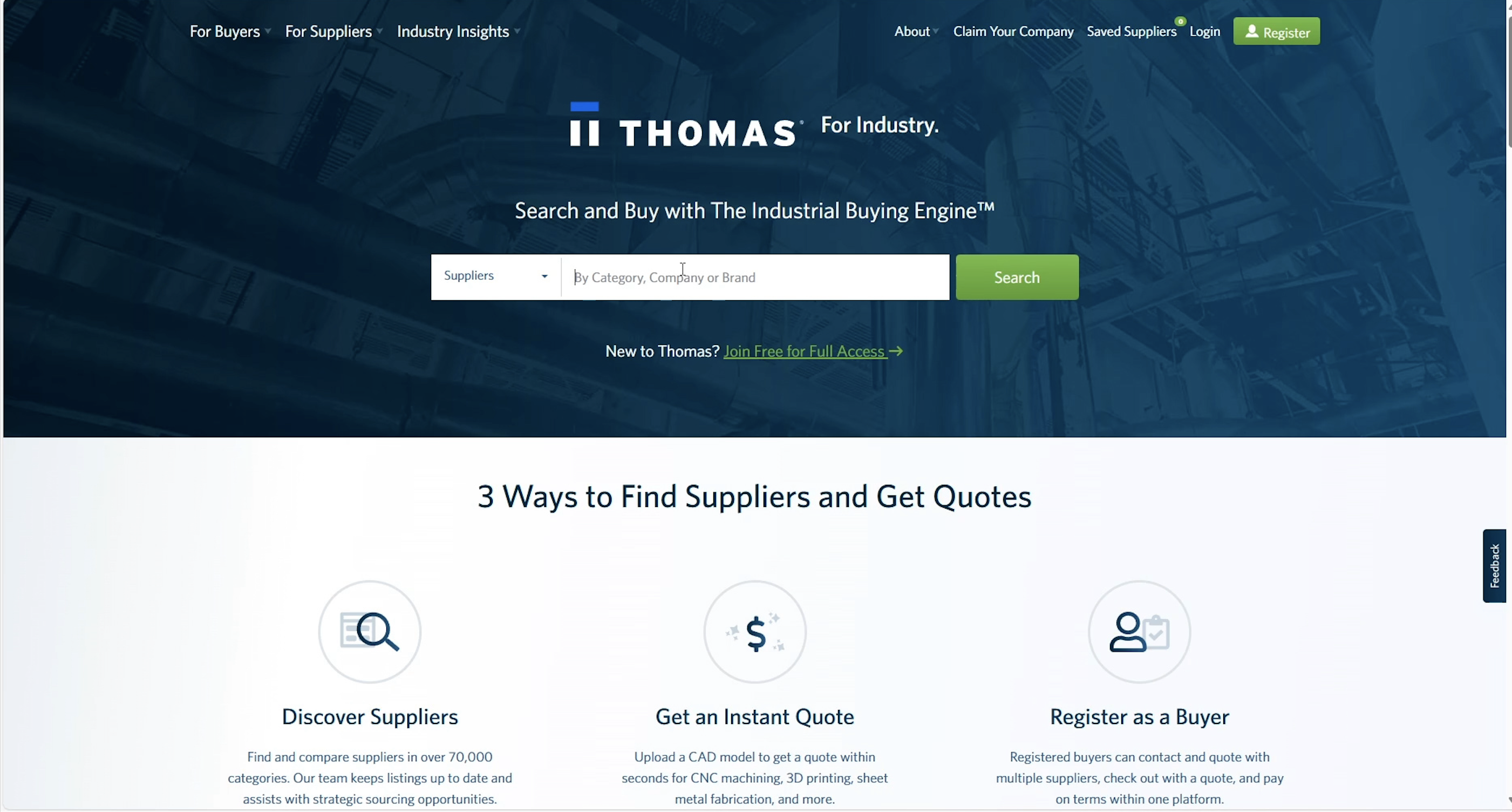
If you’d prefer to manufacture domestically, Thomasnet is a powerful directory for sourcing U.S.-based suppliers. Just enter your product type, and you’ll get a list of vetted manufacturers who specialize in that category. This is especially helpful if you want faster shipping times, lower MOQs, or the ability to label your product “Made in USA.”
For example, if you’re launching a tea-based product, searching for “custom tea blends” or “tea private label” on Thomasnet can help you connect with suppliers that offer exactly what you need—without having to deal with international logistics.
The Power of Google and Private Label Searches
Sometimes the simplest method works best. A quick Google search like “private label [your product]” or “[product] manufacturer USA” can lead you to hidden gems—boutique suppliers who may not appear on Alibaba or Thomasnet. Be prepared to do a bit of digging through websites, but this approach can often lead to higher-quality partnerships and more customization options. Many of these manufacturers also offer turnkey services, meaning they can help with packaging, branding, and even compliance—perfect for first-time Amazon FBA sellers who want extra support.
Using Community Recommendations to Save Time
One of the most effective ways to find trustworthy manufacturers is through seller communities and private groups. Some Amazon FBA communities share pre-vetted supplier lists based on real seller experience. These networks can save you hours of outreach and help you avoid low-quality or unreliable factories.
If you’re part of a program or course that provides manufacturer recommendations, don’t overlook this shortcut. A trusted referral can help you skip trial and error and go straight to a reliable source.
Building a Strong Amazon FBA Brand in Less Than a Day
In a crowded marketplace like Amazon, branding isn’t optional—it’s essential. Your product’s visual identity can make the difference between getting clicks or getting ignored. The good news? You don’t need weeks or a huge budget to create a standout Amazon FBA brand. With the right tools and resources, you can develop a compelling brand and packaging design in just a few hours.
Designing a Logo and Packaging That Converts
Your branding starts with a clear logo and packaging that communicates exactly what your product is—and why someone should choose it. Customers often make split-second decisions based on appearance alone, especially on a visual platform like Amazon. That means your label, colors, and design should reflect the benefits of the product while standing out in search results.
To create your logo and packaging design quickly, you can:
- Use freelance platforms like Fiverr or 99designs to hire a designer fast
- Choose a package that includes both logo and label design to streamline the process
- Provide clear instructions about your product, audience, and any design ideas you have
- Request a few revisions to get a design that feels just right
Most basic designs—such as logos, product labels, and simple packaging—can be completed within 24 to 48 hours, especially when working with experienced freelancers. If you’re trying to launch your Amazon FBA product quickly, many designers offer expedited 1-day delivery for an additional fee, allowing you to stay on schedule without sacrificing quality. Just be sure to communicate your vision clearly and respond promptly during the revision process to keep things moving efficiently.
Using FBA-Focused Design Services to Save Time
If you want to skip the trial and error of hiring freelancers, consider using a service that specializes in Amazon branding. These companies know exactly what works on Amazon—from visual hierarchy to compliance—and can often bundle everything from logos to listing images. The result? A polished brand that looks professional and instills buyer confidence. Having a strong brand from day one can also increase perceived value, making it easier to charge a premium price and stand out from generic competitors. In the long run, your visual presence can become one of the most powerful assets in your Amazon FBA business.
Creating and Optimizing Your Amazon FBA Product Listing
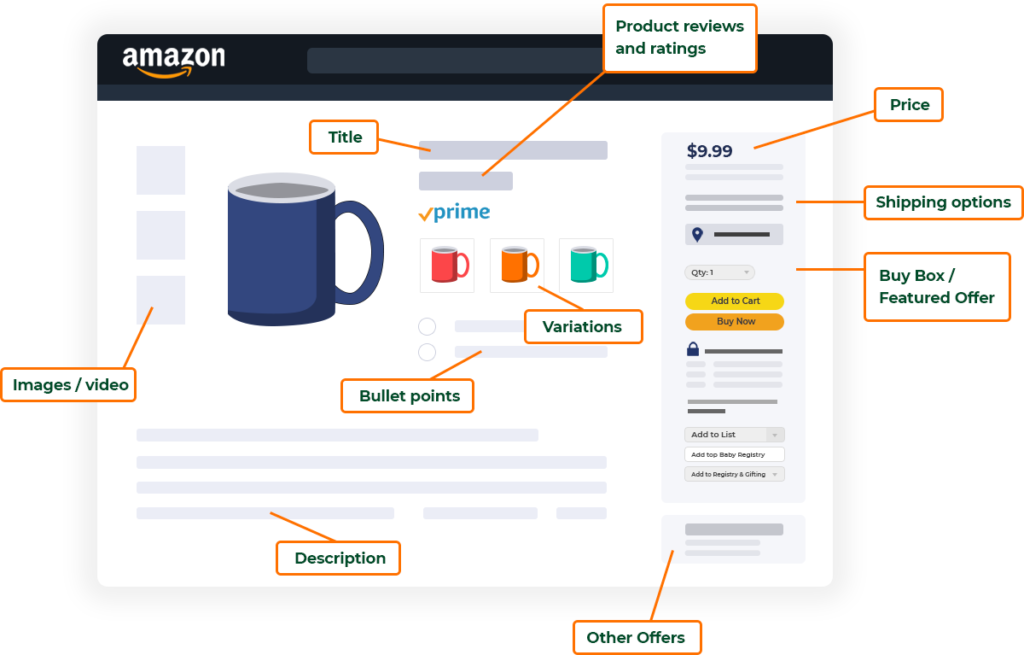
Once your product and branding are ready, it’s time to create your Amazon FBA product listing—your digital storefront on Amazon. This is where customers will see your title, images, bullet points, and description. A well-optimized listing not only boosts your visibility in search results but also helps convert views into actual sales.
Crafting a High-Converting Amazon FBA Title and Bullet Points
Your product title is one of the most important parts of your listing. It should include relevant keywords that potential customers are searching for, while clearly describing what the product is. The first few words carry the most weight, so place your most important phrases right up front.
Next, focus on your bullet points. This is where you highlight key features, benefits, and what sets your product apart. Keep each bullet clear, benefit-driven, and easy to scan. To write an effective listing:
- Start your title with the main keyword (e.g., “Berberine Tea” or “Organic Herbal Supplement”)
- Include high-search terms like “immune support,” “natural,” or “metabolic health” if relevant
- Make your bullets emphasize outcomes, such as “Supports Energy & Focus” or “Made with Organic Ingredients”
- Use all available character space without keyword stuffing
- Avoid jargon—write for the shopper, not the algorithm
Uploading Images and Building Out the Listing
Visuals are just as important as text. High-quality images give shoppers confidence and let them imagine using your product. At minimum, aim for:
- A clean, well-lit main image with a white background
- Lifestyle photos showing the product in use
- Infographics that explain benefits or features
- Close-up shots that highlight product quality or texture
If you’re short on time, working with a design service that understands Amazon standards can speed up the process and ensure your images meet Amazon’s technical requirements. Once your visuals and content are ready, upload everything to your Seller Central dashboard under “Add a Product.” Fill in your product type, brand, title, bullets, and description. If you’ve already created your packaging and have a barcode (UPC), you’ll enter that as well.
Why FBA Creatives Can Save You Time and Boost Sales

If you’re looking to streamline the listing process, specialized Amazon design services like FBA Creatives can handle the entire process—from branding to listing optimization. These services often bundle design, keyword research, and copywriting into a single package, giving you a professionally built listing that’s ready to go live fast. A fully optimized listing not only looks great but also performs better in Amazon search results. It builds trust with buyers, increases conversions, and sets your Amazon FBA business up for a successful launch.
How to Launch Your Amazon FBA Product for Maximum Sales
With your product listing live, the next step is launching it in a way that attracts immediate traffic and generates early momentum. A strong launch can help your product climb Amazon’s search rankings faster, gain initial reviews, and start producing revenue from day one. The key is to focus on visibility and conversions right from the start.
Why Day-One Sales Matter on Amazon FBA
Amazon’s algorithm favors products that perform well immediately after launch. When your listing gets clicks, conversions, and positive engagement early on, Amazon is more likely to push it higher in search results. That’s why generating your first sales quickly—even at a lower profit margin—can set your product up for long-term success. In many cases, sellers use initial launch strategies like offering discounts, leveraging personal networks, or driving traffic from social media to get those early conversions. These sales act as social proof and help Amazon recognize that your Amazon FBA product is worth promoting.
Leveraging FBA for Prime Eligibility and Faster Fulfillment
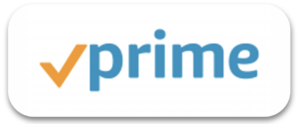
When you enroll your product in Fulfilled by Amazon (FBA), it becomes Prime-eligible—meaning it qualifies for fast, two-day shipping for millions of Amazon Prime members. This instantly increases your product’s appeal and can significantly boost conversion rates. Prime customers are more likely to buy products with quick shipping, especially in competitive categories.
FBA also takes fulfillment off your plate. Instead of packing and shipping orders yourself, you simply send your inventory to Amazon’s warehouse, and they handle the rest. This not only saves time but also allows your business to scale faster with minimal overhead.
The Truth About Amazon’s Selling Fees and Profit Margins
While launching your Amazon FBA business is quick and efficient, it’s important to understand the costs involved. Amazon charges a 15% referral fee on each sale, along with additional FBA fees for picking, packing, and shipping your product. You’ll also need to factor in your cost of goods and any upfront investments in branding or listing design.
That said, the exposure and infrastructure Amazon provides make these fees more than worth it. Instead of paying for ads or managing a website, you’re tapping into one of the world’s most powerful sales platforms—and reaching customers who are already ready to buy.
Amazon FBA Profit Breakdown: Revenue, Costs, and Lessons Learned

Once your product is live and generating sales, it’s time to take a closer look at the numbers. Understanding your revenue, costs, and profit margins is key to building a sustainable and scalable Amazon FBA business. Even in the early stages, tracking these metrics can help you make better decisions, reinvest wisely, and avoid costly mistakes.
Realistic Revenue From a Fast Amazon FBA Launch
Launching a product in 24 hours doesn’t mean you’ll be raking in massive profits overnight—but it can generate impressive revenue quickly. Many sellers see $1,000 to $8,000 in sales within their first month, depending on demand, pricing, and how well the launch is executed. What matters more than the raw numbers is learning how your product performs so you can optimize and grow.
Even if your first month starts strong, it’s normal to experience fluctuations. You might see a drop in month two, followed by a steady increase as you collect reviews, adjust your pricing, or improve your listing. This is all part of the learning curve.
Common Amazon FBA Costs to Expect
Here are the core expenses to budget for when launching an Amazon FBA product:
- Cost of Goods Sold (COGS): The amount you pay per unit to manufacture your product.
- Amazon Referral Fees: Usually 15% of your product’s sale price.
- FBA Fulfillment Fees: Costs for storing, picking, packing, and shipping each order.
- Design and Branding: Logo, packaging, and listing graphics.
- Optional Ads or Promotions: Tools to drive early traffic and sales.
On average, a product that sells for $20–$30 may cost $6–$10 to produce, with another $6–$8 in Amazon fees. That leaves a margin of $5–$10 per unit, depending on your pricing and expenses.
What You Can Learn From Your First Few Months
Your early results will teach you a lot: how competitive your niche is, how your offer compares to others, and whether customers are responding to your product the way you expected. Use this time to gather feedback, monitor your metrics, and refine your strategy.
Launching an Amazon FBA business in one day is just the beginning. The real growth comes from learning, optimizing, and reinvesting in what’s working. Each sale brings you closer to a brand that can generate consistent monthly income—and eventually, long-term financial freedom.
Scaling Your Amazon FBA Business After Launch
Once your product is live and generating sales, your focus shifts from launching to growing. Scaling your Amazon FBA business means optimizing what’s working, expanding your visibility, and building systems that support long-term success. It’s where you shift from being a product seller to becoming a brand owner.
What to Do When Sales Dip
It’s common to see a decline after your first wave of orders. Instead of panicking, treat it as a chance to optimize. Review your product title, images, bullet points, and pricing. Are you targeting the right keywords? Does your main image stand out? Small refinements based on performance data can quickly bring sales back up—and even improve them beyond your initial launch numbers.
Using Reviews, SEO, and PPC to Drive Growth
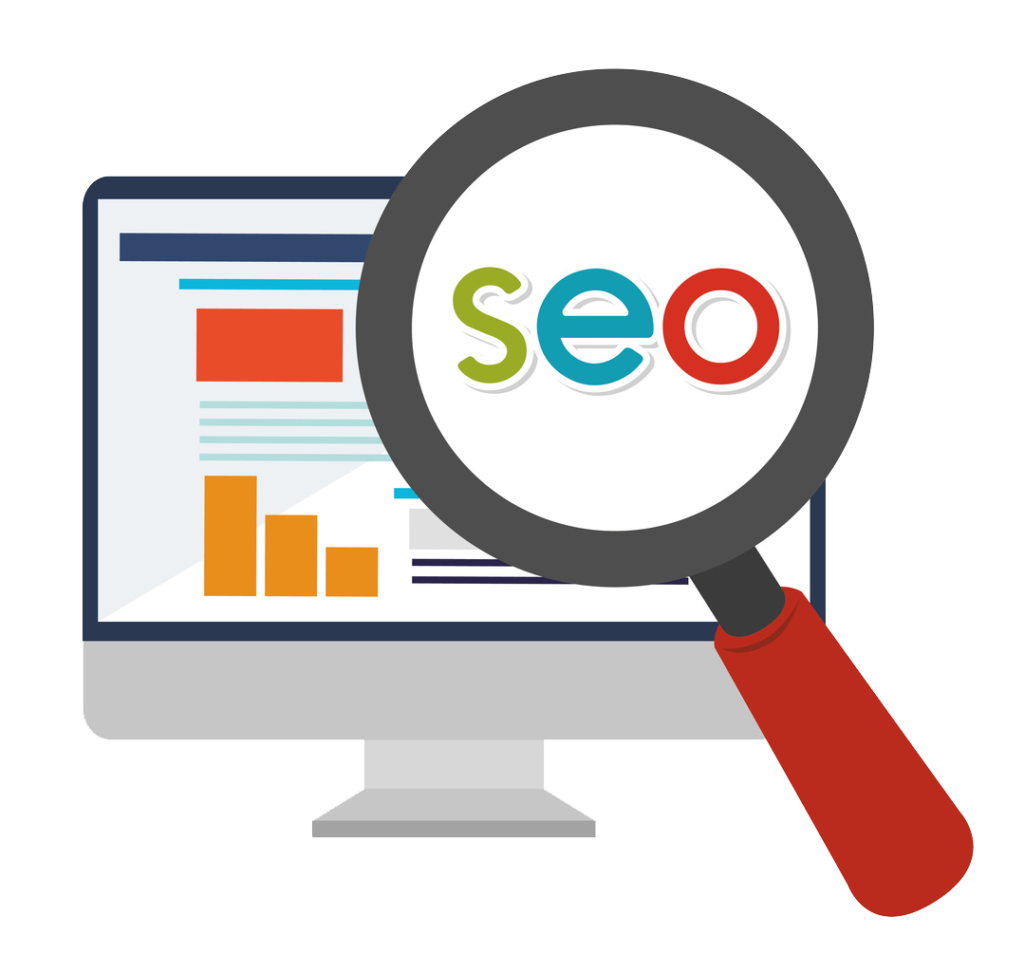
Customer reviews play a huge role in building trust and increasing conversion rates. Make sure you’re actively asking for reviews through Amazon’s tools. At the same time, continue optimizing your listing using SEO tools to find new keyword opportunities. Pair this with targeted PPC campaigns to maintain visibility, drive traffic, and steadily improve your organic ranking over time.
Why Reinvestment is Key to Scaling Long-Term
The fastest-growing Amazon FBA businesses reinvest their early profits. That might mean ordering a larger inventory batch, improving packaging design, or preparing to launch a complementary product. The more you reinvest into what’s working, the more you compound your growth. Over time, your single product becomes a fully developed brand—and that’s when things really start to scale.
Passion Product Formula: Smartest Way to Start an Amazon FBA Business

Launching your first Amazon FBA business in 24 hours is completely doable—but having a proven system makes it even easier. That’s where the Passion Product Formula comes in. It’s a complete step-by-step program designed to help you go from idea to live product while avoiding common mistakes, wasted time, and guesswork.
Inside the program, you’ll get access to product research strategies, supplier recommendations, branding and listing templates, and a supportive community of sellers who’ve done it before. Whether you’re still exploring ideas or already sourcing your first product, the Passion Product Formula gives you the tools and confidence to launch a real brand—not just another private label. If you want to build a business you actually care about, this is the smartest shortcut you can take.
Your Amazon FBA Business Could Be Just 24 Hours Away
Starting your first Amazon FBA business can feel overwhelming, but it doesn’t have to be. Whether you’re wondering about startup costs, timelines, or legal requirements, getting clear answers early on will help you move forward with confidence. Below are some of the most common questions new sellers ask when launching on Amazon. These quick answers will give you the clarity you need to start strong and avoid common roadblocks.
Frequently Asked Questions (FAQs)
1. Can I really start an Amazon FBA business in 24 hours?
Yes. With the right approach and a clear plan, you can research a product, find a supplier, design your brand, and create a live listing in less than a day. While refining everything takes time, your business can be up and running within 24 hours.
2. How much money do I need to start an Amazon FBA business?
Startup costs vary, but many sellers begin with $1,000 to $3,000. This typically covers inventory, branding, packaging, Amazon fees, and tools to help you get launched efficiently.
3. Do I need to form an LLC before selling on Amazon?
No, but it’s recommended—especially if you’re selling consumables or plan to grow long-term. An LLC provides legal protection and makes it easier to open a business bank account. You can also start with a DBA and upgrade later.
4. What’s the best way to find a product to sell on Amazon FBA?
Start with Amazon’s Best Sellers, use the autocomplete feature in the search bar, and validate demand using keyword tools like Helium 10. Look for underserved niches where customer searches aren’t being fully met.
5. How do I scale my Amazon FBA business after launch?
Focus on gathering reviews, optimizing your listing for SEO, and reinvesting profits into ads or new inventory. Over time, consider launching related products to build a full brand and increase repeat purchases.


